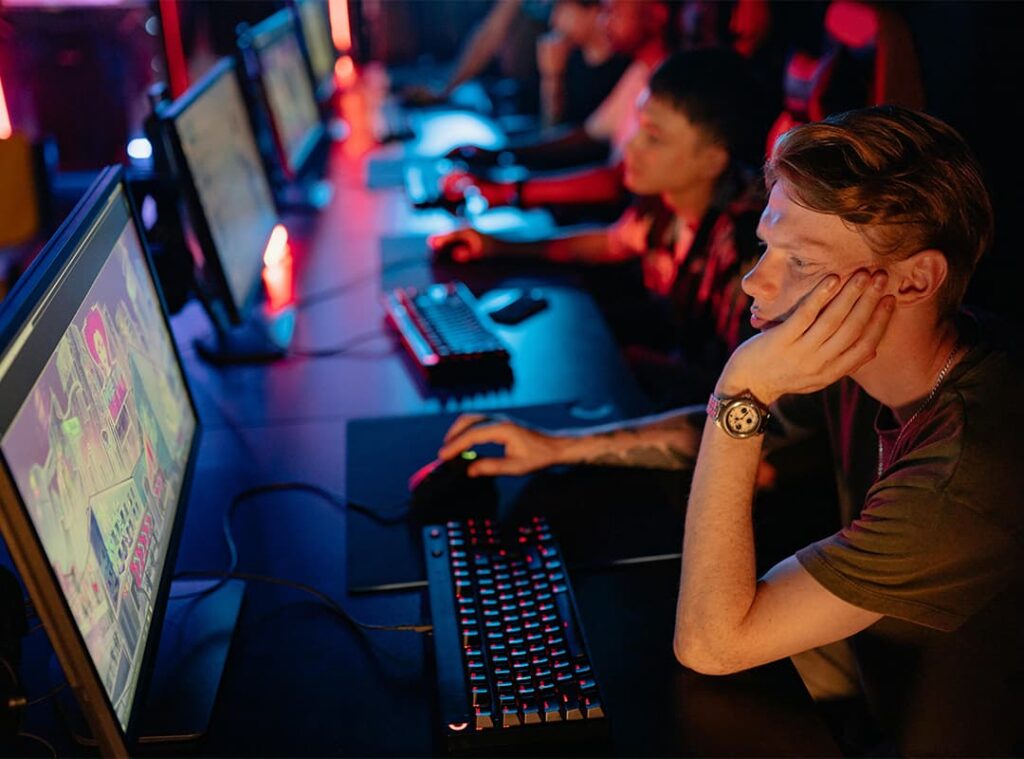Many gamers are accustomed to what the modern gaming industry offers, and few major developers risk surprising players. Of course, no one wants to put millions of dollars and several years of development on the line to create an experimental or unconventional project.
In a sense, The Witness is such a non-standard game, but nevertheless, the developers from Thekla Inc. led by Jonathan Blow, known for his little masterpiece Braid, spent 7 years and 8 million dollars to create it. At the same time, Thekla Inc. also acted as a publisher, which allowed Jonathan to make no concessions if the game was published by another company.
Braid was a kind of phenomenon, thanks to the very successful use of time rewind mechanics in creating puzzles. So Blow, in his own words, used the basic formula of Braid and implemented a concentrated version of it in The Witness, where you don’t understand anything at first, and then everything gradually becomes clear and obvious.
The game starts with you getting out of a tunnel on a mysterious island filled with various puzzles, riddles, and symbols. Gradually, without any hints, the game teaches you how the local puzzle mechanics work. I must admit that Blow is very good at anticipating the player’s thought process. The way each group of puzzles is solved is skillfully directed by the developer and sometimes makes you smile when you realize it.
Relatively speaking, almost every puzzle is a panel on which we need to draw a line from one point to another, taking into account the specifics of each panel. At first, it may even seem boring. You’ll be disappointed that the game rarely offers anything other than panels with puzzles. But don’t let your first impressions confuse you. After exploring the island a bit, you’ll realize that the variety of these puzzles is simply amazing.
There are about 650 puzzles in the game, and somehow the process of solving them can be so absorbing that only when you hear the early birds chirping do you realize that you have to go to work or school.
If you were expecting some kind of reward for solving the puzzles, you will be somewhat disappointed. Blow didn’t use the typical way of rewarding the player, where they are rewarded for any small action. Instead, each puzzle you solve will bring you closer to solving further, more difficult puzzles, which are available from the very beginning of the game. Solving them will lead you to the ending and a possible explanation of what this strange island is and what our role is on it. The purpose of most puzzles is to teach you, and the reward for completing them is mastering a certain mechanic or logic, not some coin or storyline.
The puzzles themselves, by the way, will make you doubt your mental abilities at the very least. They are very difficult, very difficult. Very. The Wintess has already been dubbed Dark Souls in the puzzle genre. Nevertheless, the game encourages you to be attentive. And it is precisely because of inattention and haste that it can be difficult for some players.
In each region, you need to activate a yellow box with a ray by solving a series of puzzles there. Each beam will be directed to the top of the mountain where you will be finished. To finally get access to it, you’ll need to activate seven out of ten rays. Of course, all ten will allow you to learn something more.
There are several endings to the game, and if you’ve completed the game and received the End Game achievement, you may be surprised to find that you’ve actually completed 10-12% of the game. So, The Witness has a lot more to offer you, if you are interested in it.
The visuals are stunning. The bright colors, mirror-clear water, and lighting make The Witness an extremely magical game. The glare of the sun, reflections in the water, shadows of branches, and even sounds will help you solve puzzles, so over time it will become clear that everything in the game has a purpose and it’s not just for beauty.
The island itself is conditionally divided into regions, each with its own kind of puzzles, with its own rules and conditions. There is almost no music, and this, of course, has its own reasons. The developer seems to be forcing us to look at everything differently, to listen, to look closely, to doubt. The wind howling in the bamboo forest, strange echoes in the bell tower, various silhouettes and numerous stone sculptures of people – everything seems to be trying to convey something to us.
